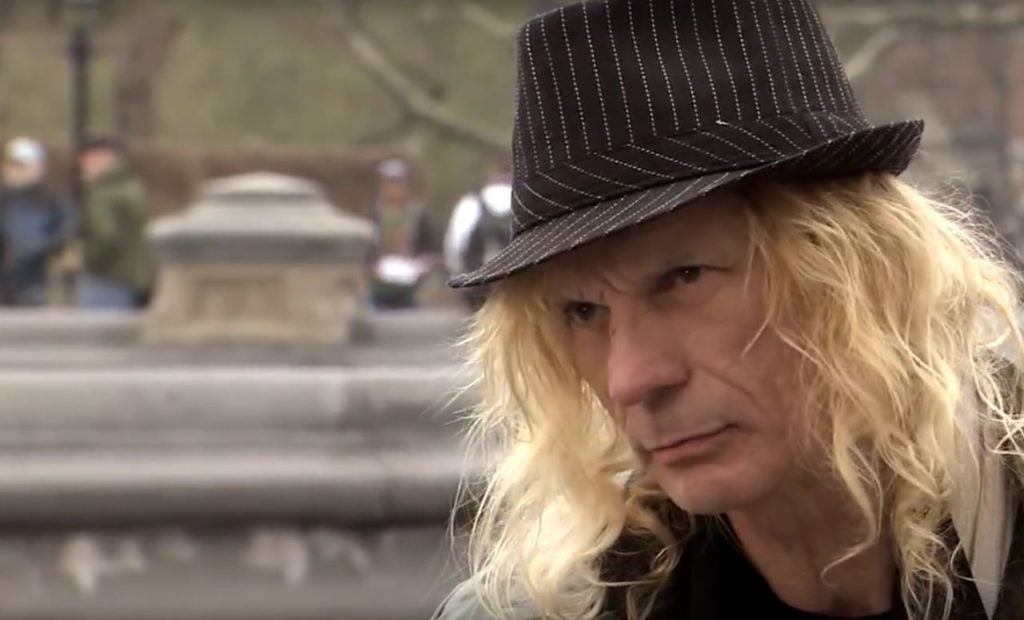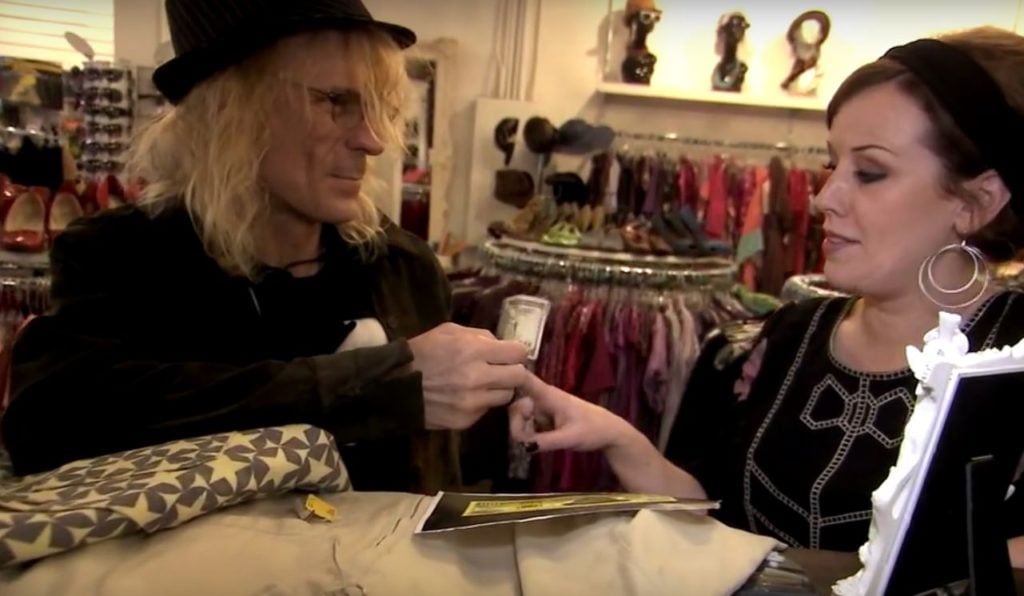People
J.S.G. Boggs, Who Negotiated Purchases With Drawings of Money, Has Died at 62
His work asked pointed questions about value.

His work asked pointed questions about value.

Brian Boucher

An artist who created precise drawings of money and then used them in actual transactions as a way to question notions of value, J.S.G. Boggs died Monday at a hotel in Tampa, Florida, according to friends and reports on social media.
The Hillsborough County Medical Examiner confirmed that a James Boggs, whose birthday and age match that provided by his friends, died earlier this week. He was 62.
Boggs’s modus operandi was to create drawings of currency, which he called “Boggs bills,” often with telltale signs that they were not in fact legal tender (at least one was signed “J.S.G. Boggs, Secret of the Treasury”), and then try to convince people to accept them, at face value, in otherwise normal business transactions.
When successful, he then insisted on formal receipts and exact change (in actual currency, of course). The documentation, change, and receipts entered the market in their own right, in a dizzying inquiry into authenticity and fakery, and the basis for actual monetary worth.

In the Discovery Channel documentary, Boggs tries to convince a store manager to accept his work. Photo via YouTube.
In a funny conversation in a clothing store captured in a 2013 documentary on the Discovery Channel, a store manager tells Boggs she can’t accept works of art as payment. In response, he pulls out a hundred-dollar bill and points out that on its front is a portrait, on its rear is a landscape, and it’s all accompanied by abstract, geometric designs. “So you do, in fact, accept works of art, don’t you?” he asks.
She does not appear to accept the drawing as payment.
As New Yorker writer Lawrence Weschler put it in a 1999 profile in that magazine:
“In a madcap Socratic fashion Boggs is raising all sorts of truly fundamental questions: What, precisely, is it that we value in art, or, for that matter, in money? How do we value one in terms of the other? Indeed, how do we place a value on anything at all? And, more specifically, how is it that we continue to redit the legitimacy of anything as confoundingly insubstantial as paper money?”
The artist was the subject of Weschler’s 1999 book Boggs: A Comedy of Values (University of Chicago Press). Institutions including London’s British Museum, the Smithsonian American Art Museum, and the Art Institute of Chicago hold works by the artist, whose full name was James Stephen George Boggs, and who was born Stephen Litzner in Woodbury, New Jersey, in 1955.
“I create images that say things and ask things,” Boggs said in the Discovery Channel documentary. “I take them out into the real world and try to spend them, not as counterfeits, but as works of art that ask us about the nature of money.”
As Weschler told artnet News by phone:
“I wouldn’t have put it past Boggs to have faked his own death. I had a fantasy of him off in Switzerland, having a great time reading the obituaries. That would have been like him. He was an amazing trickster, a vivid, vivid character, and a consummate transgressor.
There were times when you weren’t quite sure whether he was still in on the joke, if you will, because it was a very serious joke for him. He could seem authentically dumbfounded whenever he got arrested for counterfeiting.
He was just short of being a con man, but no more than anyone in the art world, or for that matter in the world of finance, which of course, was his whole point.”
Boggs ran afoul of the Secret Service when they learned of a plan to put $1 million in face value of photocopied Boggs bills into circulation into Pittsburgh, while he was serving a residency at Carnegie Mellon University, in hopes that recipients would continue circulating them in ongoing transactions. The Secret Service quashed the project by pressuring area businesses and collectors by threatening them with prosecution if they participated, says the artist.
Secret Service agents then raided his studio and seized large quantities of his works. When Boggs sued to get them back, a legal case resulted, in which, the artist told Weschler, lawyers argued over whether his works were more fruitfully compared to pornography, which might be protected under free speech laws, or to hard drugs, for whose return no one would have the nerve to sue the government. He had also been tried in courts in London and Sydney.